Motor control exercise between lower and limbs with the pelvic floor muscles and CORE contraction
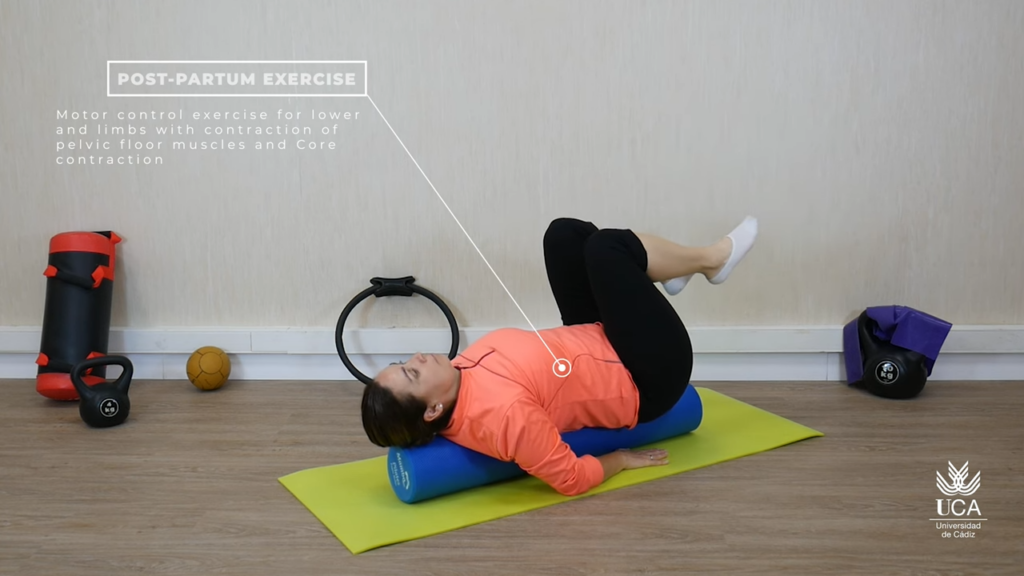
The main objective of this exercise is to work on motor control with contraction of the core muscles, while simultaneously performing an alternating contraction of the lower limb extension.
Motor control exercise between lower and upper limbs with contraction of pelvic floor muscles
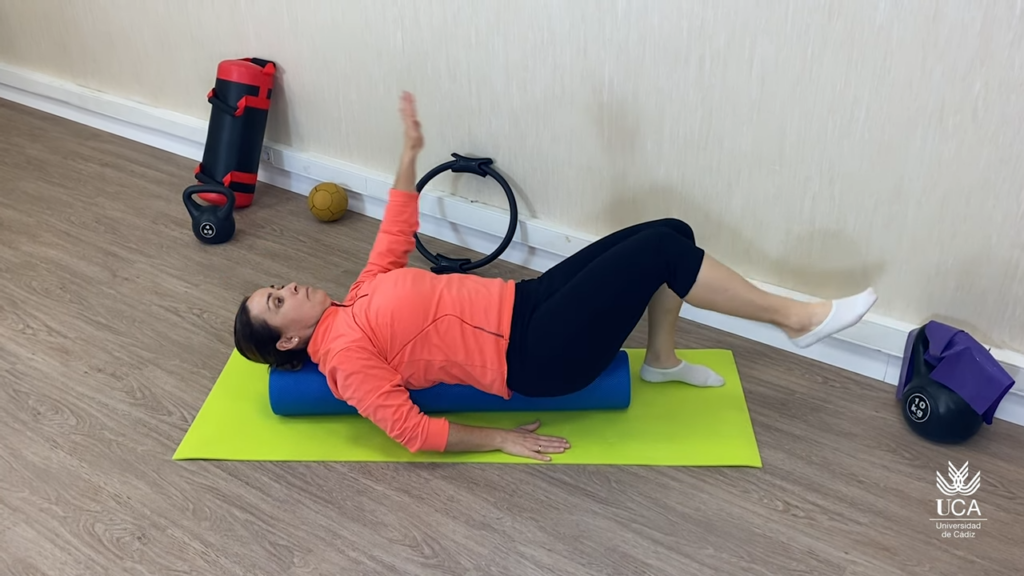
This exercise is aimed at working on dual motor control of the lower limb and upper limb. The patient must maintain parallel motor control of the pelvic floor muscles.
Physical activity and lifestyle factors for preventing urinary incontinence: what you need to know

Urinary incontinence is a condition that affects many women. Researchers have discovered that physical activity and lifestyle choices play a role in preventing urinary incontinence.
The role of the deep transverse abdominis muscle in managing urinary incontinence
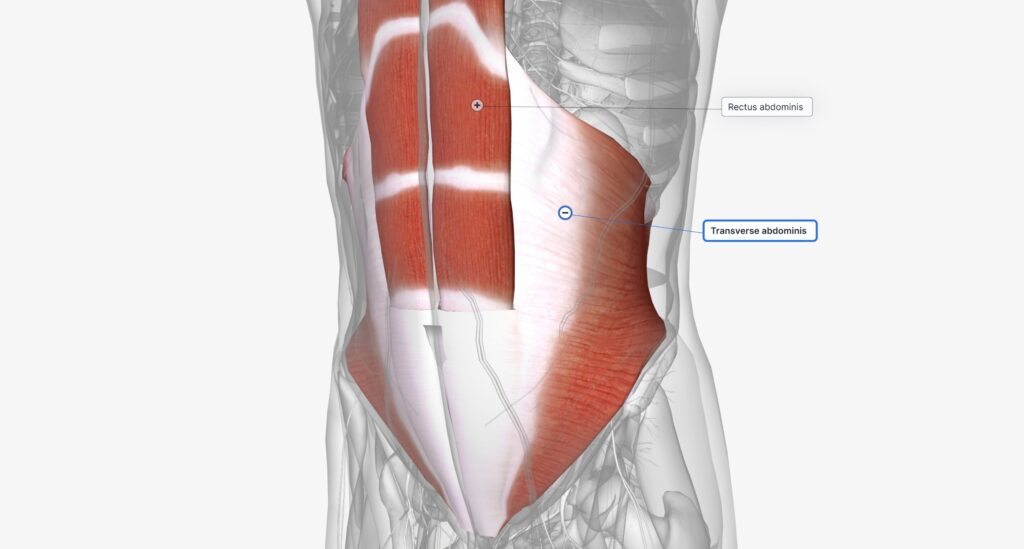
The deep transverse abdominis muscle has a significant role to play in urinary incontinence. Research conducted by experts has shown that the deep muscles, including the transverse abdominis, contribute to the essential stabilization of the spinopelvic region.
Abduction in lay down instability & synergic contraction of pelvic floor muscles & lower limbs
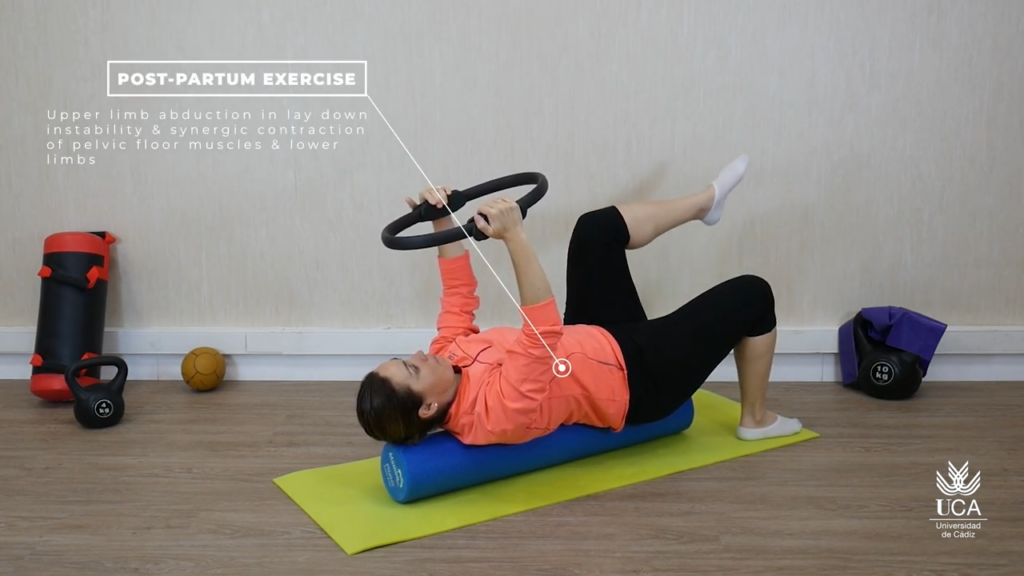
This exercise aims to work on synergy and motor control of the pelvic floor muscles, in a moment of isometric strength performed with the upper limb, and being in a situation of instability with the foam roller.
Pilates for urinary incontinence

Pilates is a form of exercise that focuses on core strength, flexibility and body awareness.
Yoga as a complementary approach for urinary incontinence: what the research says

Urinary incontinence is a common condition affecting many women, and existing clinical treatments may have certain limitations.
Pelvic floor muscle training: managing urinary incontinence and enhancing quality of life

There is strong support for the effectiveness of pelvic floor muscle training in managing urinary incontinence through multiple evidence-based strategies.
Adherence to pelvic floor training

Pregnancy is a stage in a woman’s life that involves many physical and hormonal changes. One common issue during pregnancy is the weakness of the pelvic floor, which can manifest as urinary incontinence, pelvic pain, or sexual dysfunction.
Pelvic floor training guideline
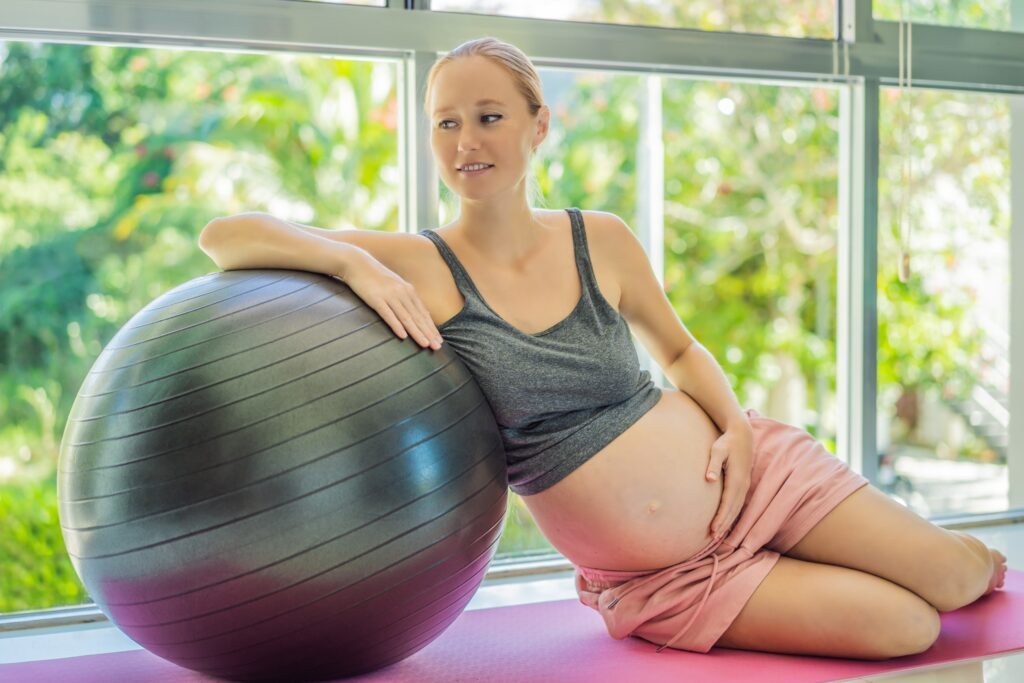
After reviewing the published literature, it is difficult to establish a common guideline regarding the number of sets and repetitions for pelvic floor exercises, the frequency of treatment sessions per week, and the duration of this training.